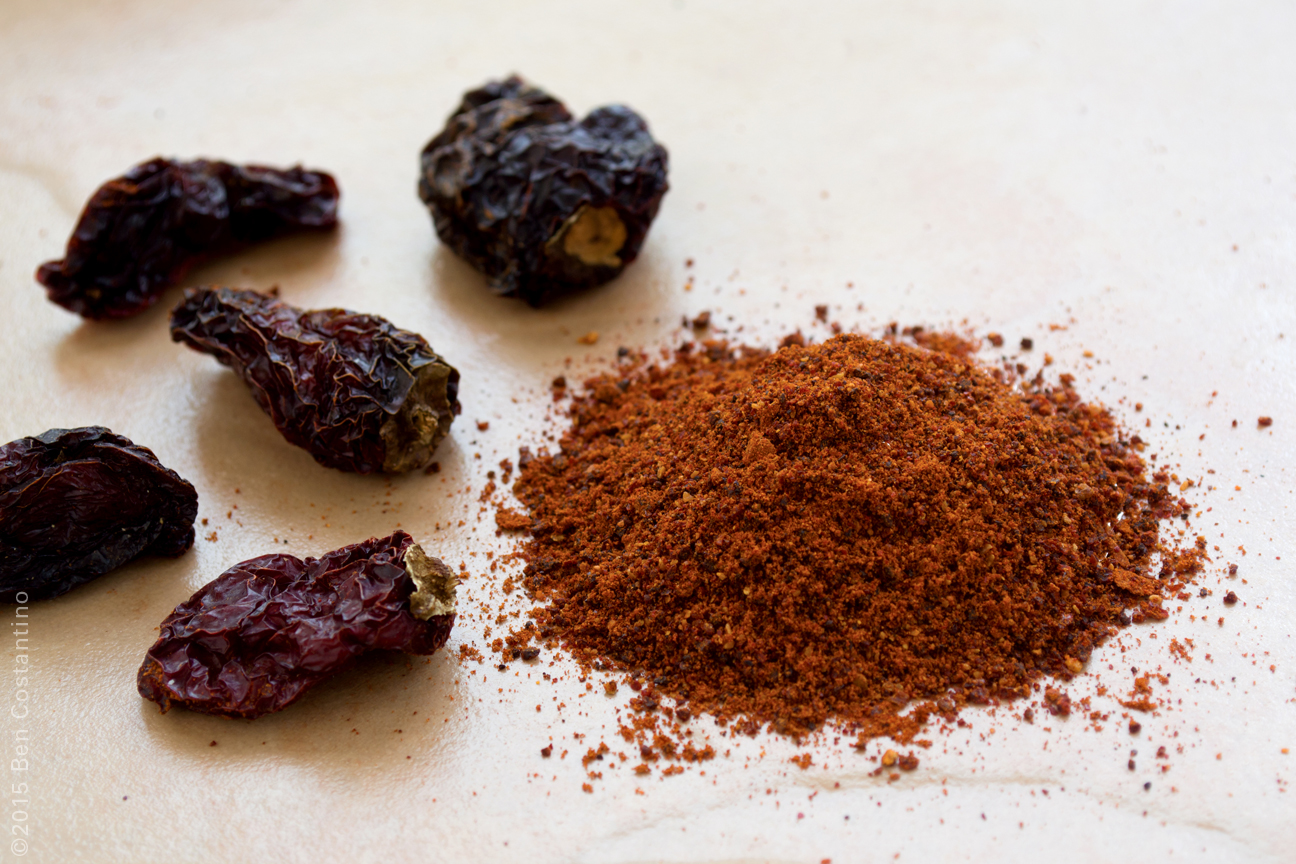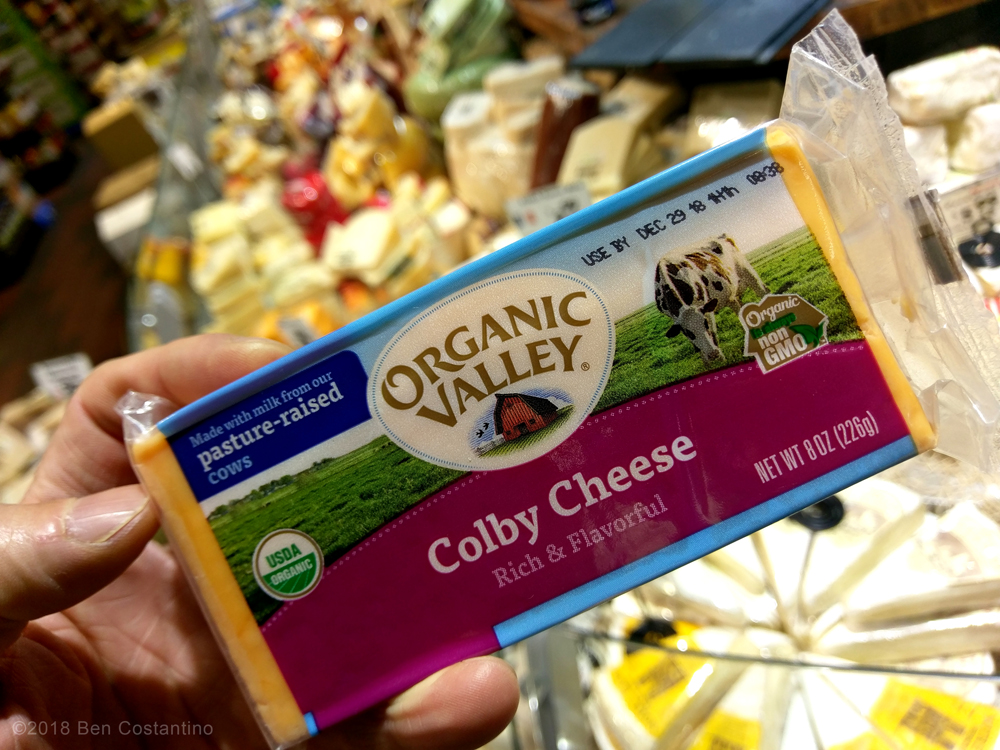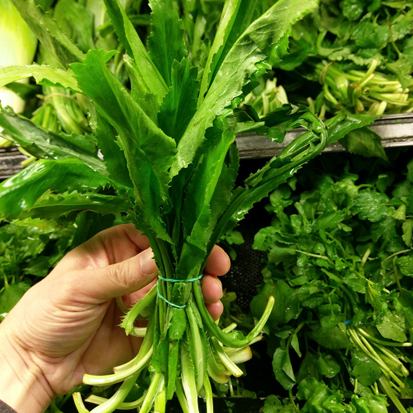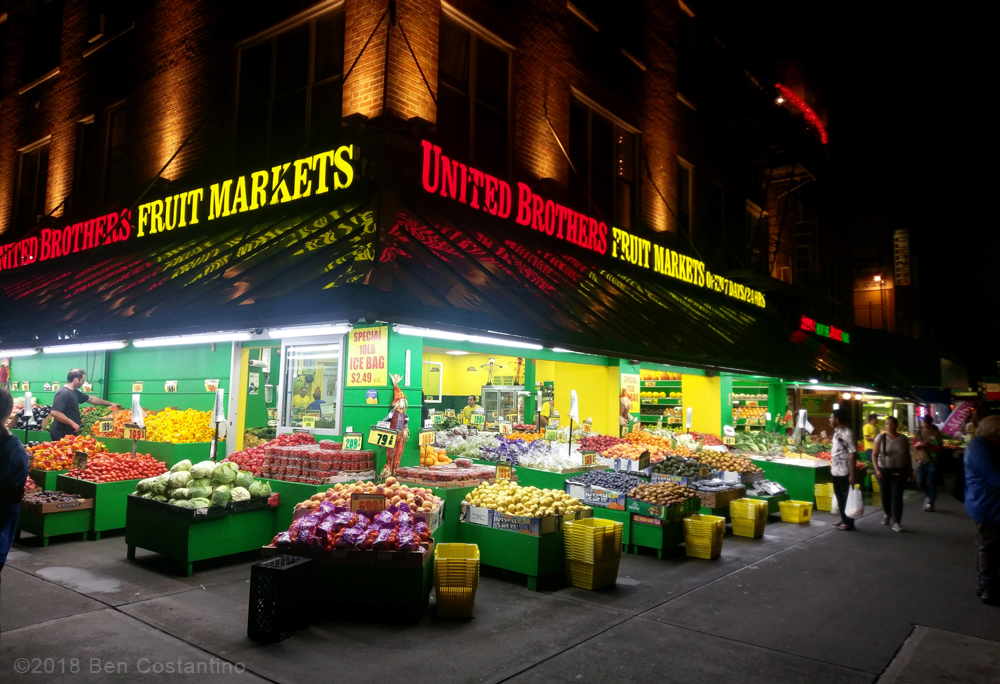
United Brothers on the corner of 30th Avenue and 33rd street is probably the exact center of Astoria. This landmark features this assortment of fresh food year round.
Best Food Markets
in Astoria, Queens
For local Astorians, below is my most recommended food markets in the area where I frequently shop to source ingredients for recipes, followed by an ever-expanding ingredient guide.

- Food Bazaar, 4202 Northern Blvd.
- Trade Fair, 37-11 Ditmars Blvd.
- Trade Fair, 3008 30th Ave.
- Trade Fair, 2355 Broadway
- CTown, 21-30 Newtown Ave
- City Fresh Market, 2115 Broadway
- Bravo Market, 24-18 34th Ave.
- CTown, 34-12 34th Ave.
- United Brothers, 32-24 30th Ave
- Elliniki Agora, 32-12 30th Ave
- Euromarket, 30-42 31st St
- Mr. Avo, 2901 Broadway
 Ingredients
Ingredients
(listed alphabetically)
Ajicito Dulce Peppers
![]()

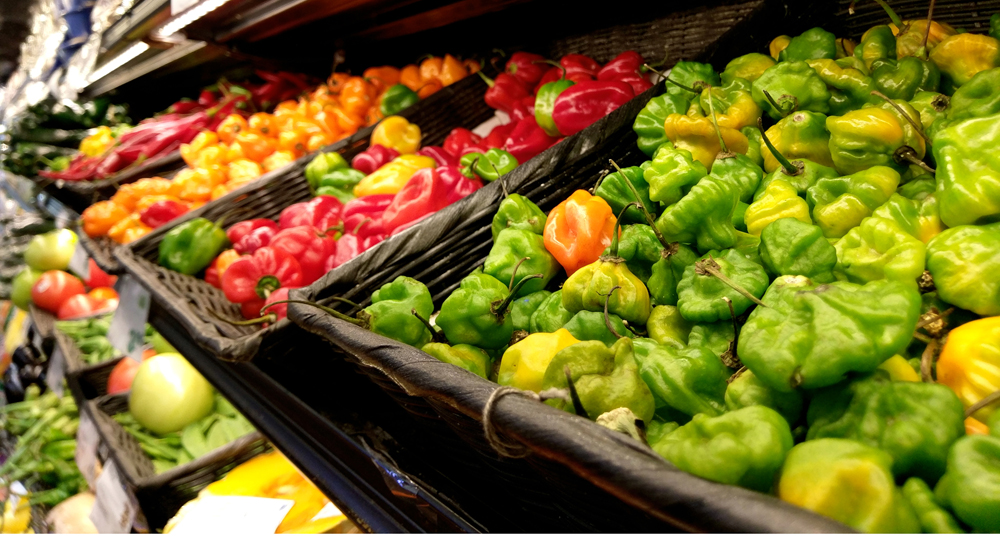
These hard-to-find peppers can range in color from green, yellow, orange and red, with all colors of variations in between. They are most frequently found next to store-packaged garlic cloves and other specialty produce — either loose in a box or in small plastic cartons. Also nearby (and often mistaken for) are usually Scotch Bonnet and Habañero peppers which have a more elongated, lantern-like shape. Note the differences in appearance the picture below and do not be tempted to use these in place of each other.
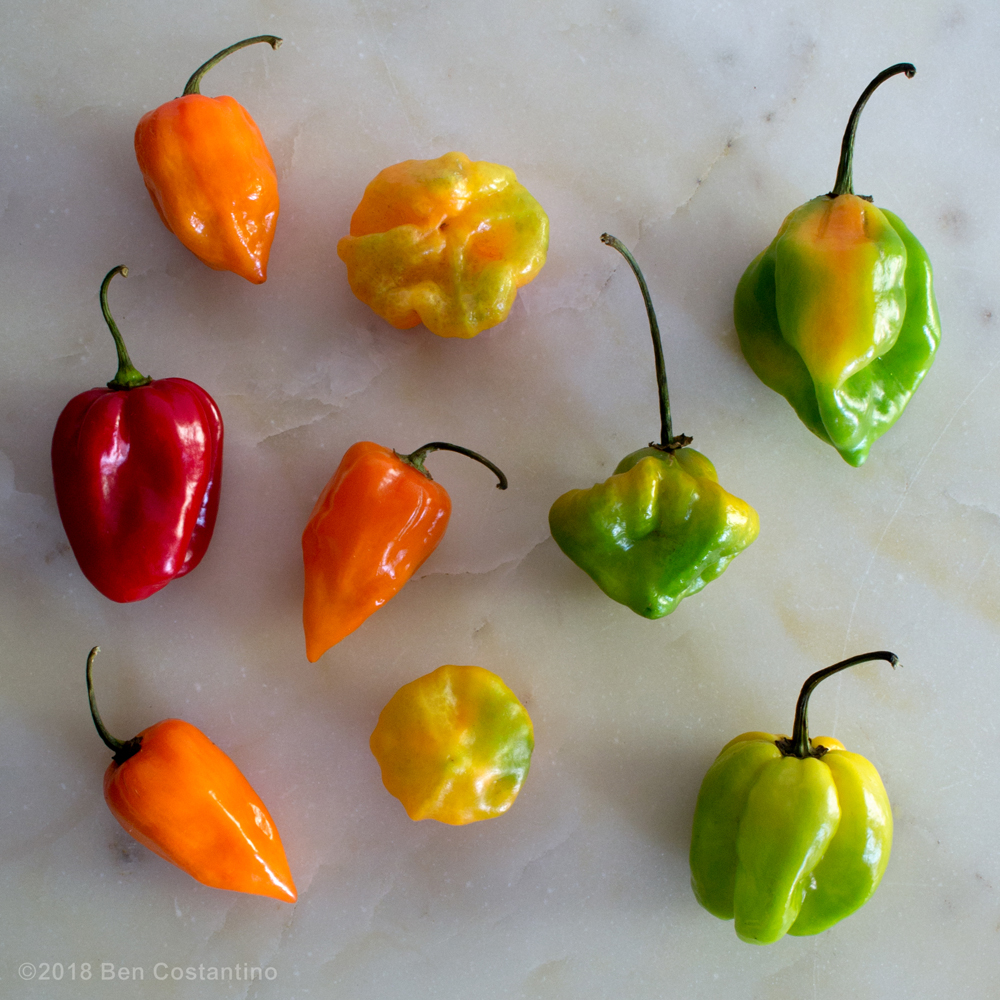
Distinguishing the difference between these hot peppers is super important. From left to right; red and orange Habañeros, Ajicito Dulces, and Scotch Bonnet peppers.
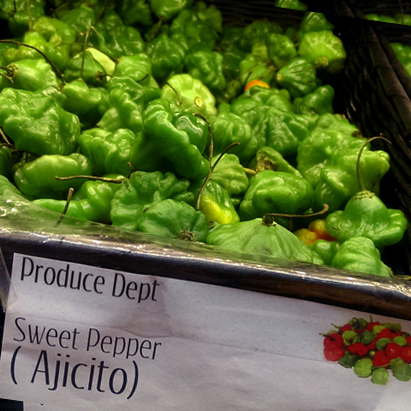
Baking Chocolate

Purchasing a solid block of baking chocolate to making your own chocolate chinks really transforms any recipe into something much more exciting. Cookies aside, shavings from a solid block of chocolate does really well on some ice cream, frozen yogurt, granola. Without wanting to go to Fairway in Manhattan I have been desperate to find Callebaut chocolate in or near Astoria until recently. And what’s really great is that you can mix and match different types whether it be … milk chocolate, semisweet or bittersweet.

Cinnamon (Mexican)
![]()
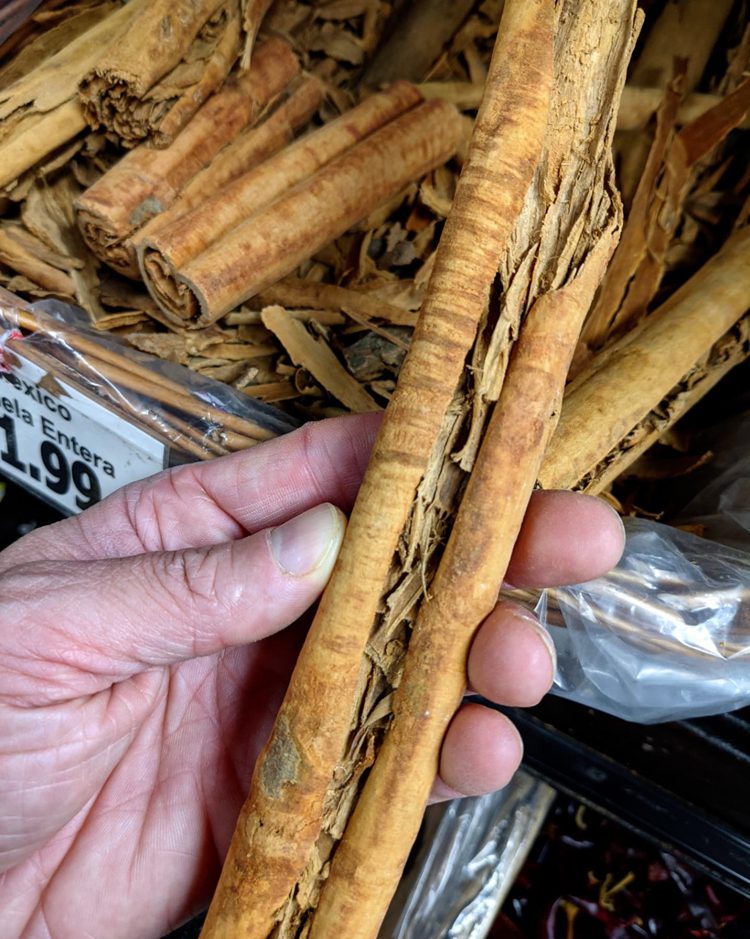
Not all cinnamon is created equal. There has been a huge cinnamon debate going on in the baking world (Cassia vs. Ceylon) and I’m here to tell you … look for Mexican Cinnamon (Ceylon). It was a warm, sweet, and comforting aroma that works oh-so -well in baked goods. It looks like broken pieces of natural tree bark because it looks not-so-perfect, almost cigar-like, and slightly lighter in color. And if it’s sold by weight in bins (near the Chile peppers), you will definitely be able to smell it.
The perfect-looking rolls of cinnamon sticks in most spice aisles of mainstream grocery stores are likely Cassia Cinnamon, which is a more aggressively spicy version grown in China.
Mexican cinnamon can be found at any Mexican food market, a Mexican section of any international grocery store, or tucked away in a shelf in a Mexican corner store … a “Bodega”, as they would say in NYC.
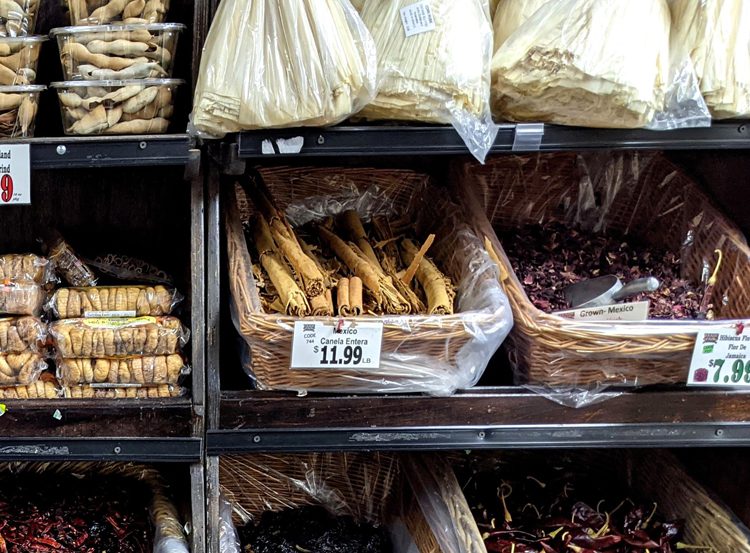
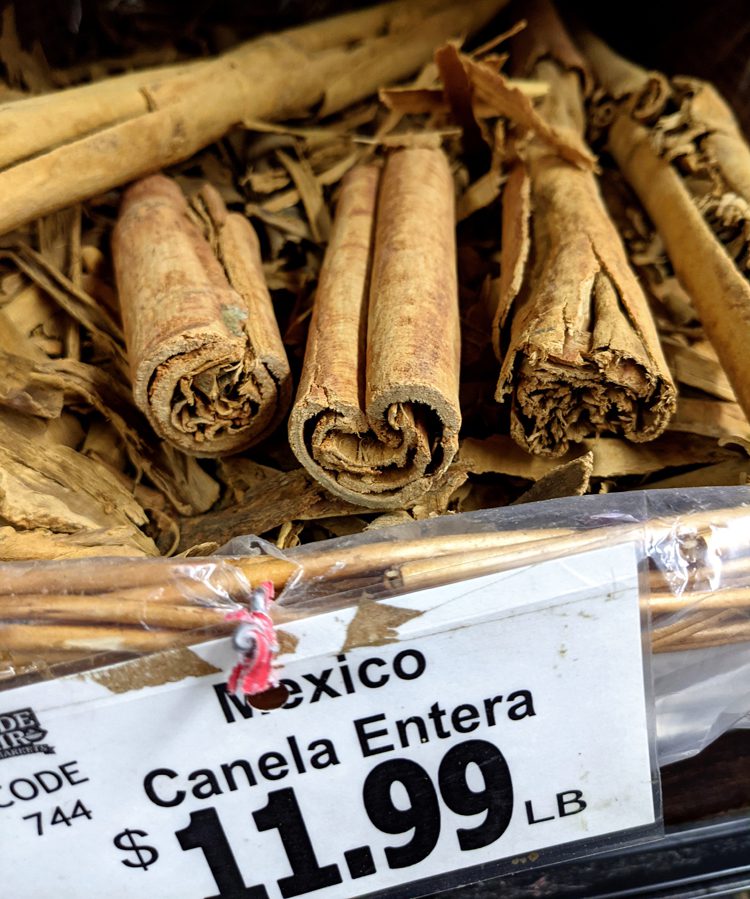
Chipotle Peppers
![]()
Sure you can find chipotle peppers canned in adobo sauce, but fresh chipotles are sold by weight and typically located in bins in the produce department. Once you are close by, their extremely smoky, fragrant aroma will help reveal their whereabouts. Other similar looking dried red peppers are nearby, but chipotles have a more stubbed shape and resemble large raisins.

If you can’t find chipotle peppers, try looking down.
Colby Cheese
![]()
Colby is a super basic cheese but really hard to find for some reason. Without knowing the specifics as to how it is made, all I can tell you is that it melts so much better than any cheddar, so in my humble opinion this should be used in every mac ‘n cheese recipe on the planet. Typically it is found in an orange cylinder formation in any deli to cut and purchase by the pound, but here in Astoria I only found it in pre-packaged (pictured above) at Greenbay Marketplace (located on 30th avenue and on Broadway). Most other mainstream grocery stores sell Colby Jack (which is marbled with Monterey Jack) but do not be tempted to use it as a substitute.
Culantro, Not Cilantro!
![]()
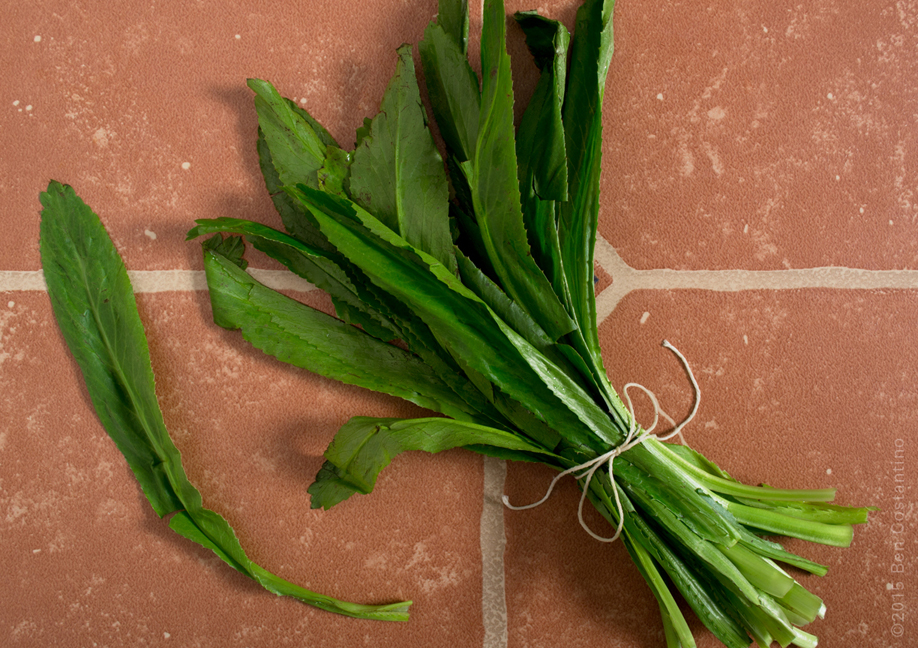
Look for Culantro next to the cilantro and parsley. It’s usually bound by rubber bands in bunches or in a flat foam-like tray wrapped in plastic. Many people will give up and use cilantro as a subsitiute, but if you remain persistent in your search you will be rewarded a unique flavor as well as praise from the most authentic of Puerto Rican cooks. It doesn’t always look very good due to improper handling, but do not let that discourage you. Buy it anyway. You absolutely NEED this!
European Butter
![]()
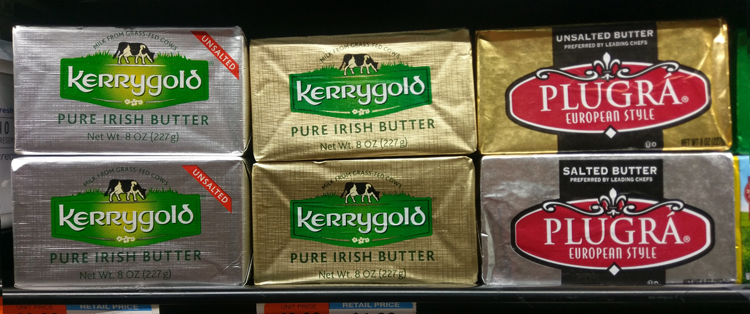
Finding European butter is just a matter of shifting my eyes a bit, typically located alongside the other mainstream brands. Kerrygold and Plugra are some commonly found European butters; they contain a higher fat content and less water which helps eliminate the heavy grease-like texture in cakes baked with mainstream American butter brands.
Fresh Okra
![]()
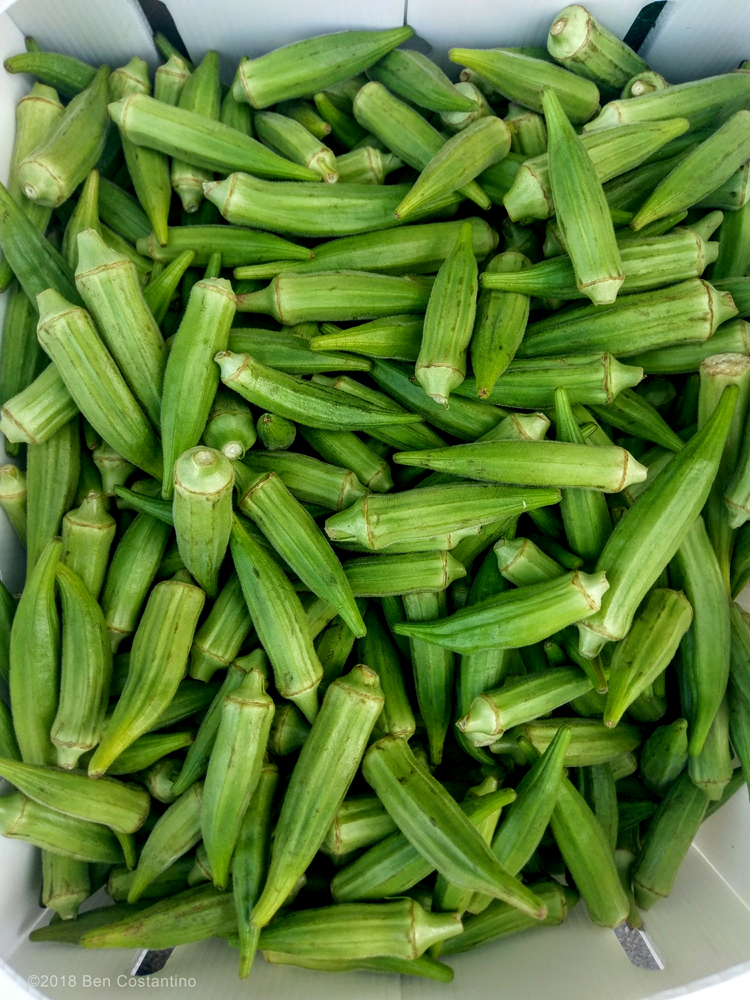
Good fresh okra is difficult to find, however I came across these gems at Elliniki Agora market (below). Cooking with frozen okra from a freezer section doesn’t do this amazing ingredient justice. Using okra in a soup or stew is most common, but other applications do exist, such as frying or an okra salsa.

Elliniki Agora on 30th Avenue between 32nd and 33rd streets usually has really good okra.
Nectars
![]()
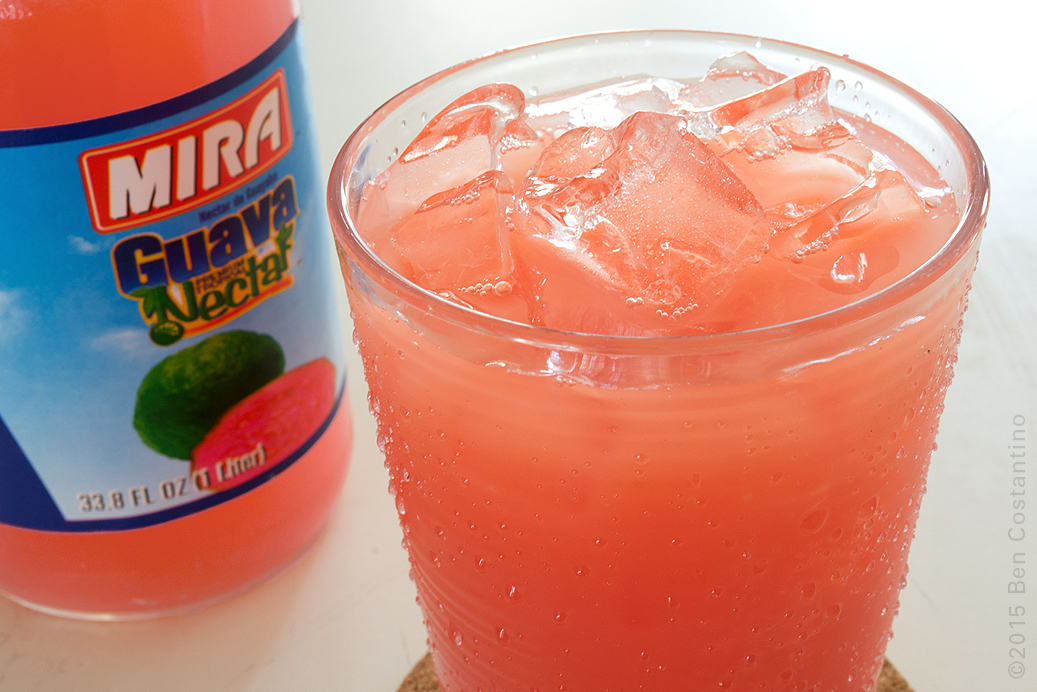
As much as we love fresh fruit juices, finding ripe produce year round is not realistic. You can regularly count on nectar products for recipes calling for any type of real, close-to-fresh fruit juice. The main ingredients in nectars are quite harmless – water, fruit puree, and sugar. Sure there are some preservatives, but there is definitely no trace of corn syrup or “other juices” added. Because nectar has actual fruit puree it takes on a super thick consistency. It is not intended to be consumed straight out of the bottle or carton (although you certainly can do so). For a nice, refreshing glass of juice, just mix it with water to your liking.

3 Dried Oreganos – Mexican, Dominican, and Greek
![]()
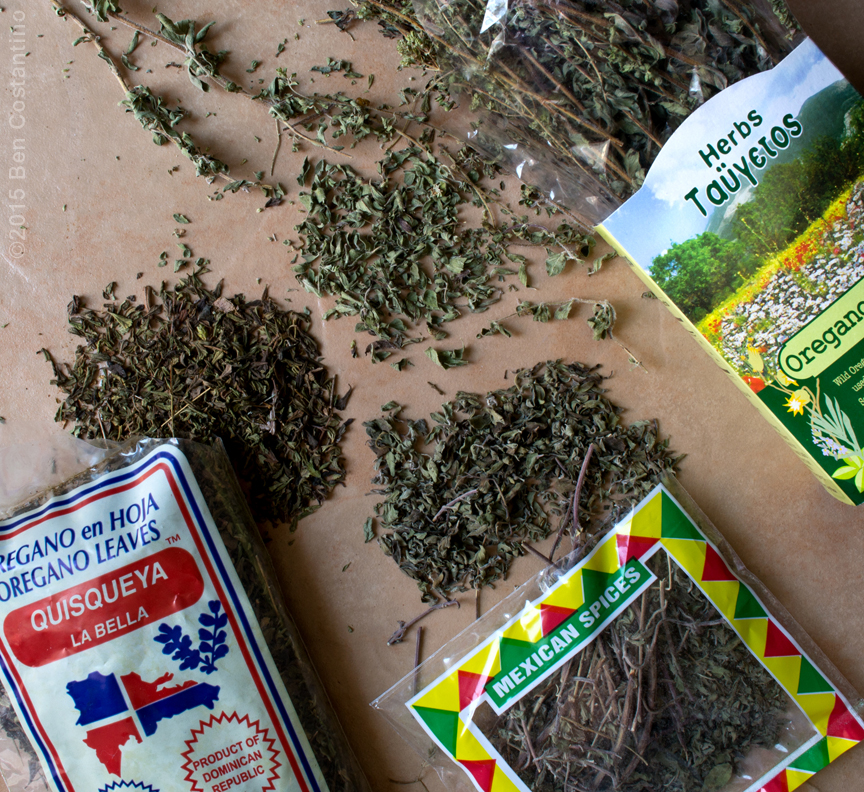
Oregano is an herb whose flavor intensifies as it dries out. Other than Italian oregano, three other types of oregano I stock up on regularly are Mexican, Dominican and Greek, all of which are most suited to cook with meats. Italian oregano pairs better with vegetable-based recipes.
Because of the large Greek population in Astoria, Queens, Greek oregano is quite available in most international and Greek specific food markets. It’s the key ingredient in Souvlaki meats that you smell from Astoria’s numerous Greek street carts. Mexican oregano can found in tiny plastic packages hung up on walls at Mexican markets. Its flavor is more rustic, less sweet and pairs better with robust Mexican flavors. Dominican oregano is darker in color, more savory and quite pungent. Because of the more robust nature of this oregano, it works exceptionally well with dark meat … chicken leg parts, wings, beef and darker cuts of pork. I suggest using this in my Rice with Pigeon Peas and Adobo Roasted Pork Shoulder.
Poblano Peppers
![]()
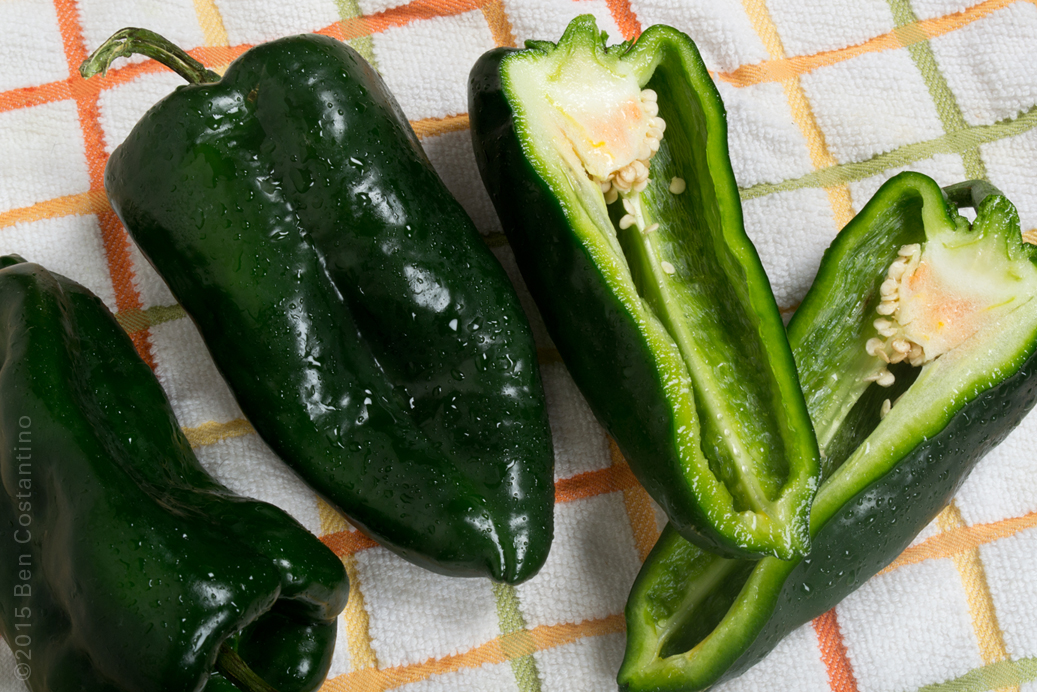
Some mainstream grocery stores might (unnecessarily) place Poblanos next to the bell peppers, but in an international and/or Latin-American market they are not kept in refrigeration — usually stacked in a pile or in a box within the vicinity of jalapeños. Use these roasted and mixed into a salsa, left whole and stuffed with mac ‘n cheese, or as fixings for tacos.
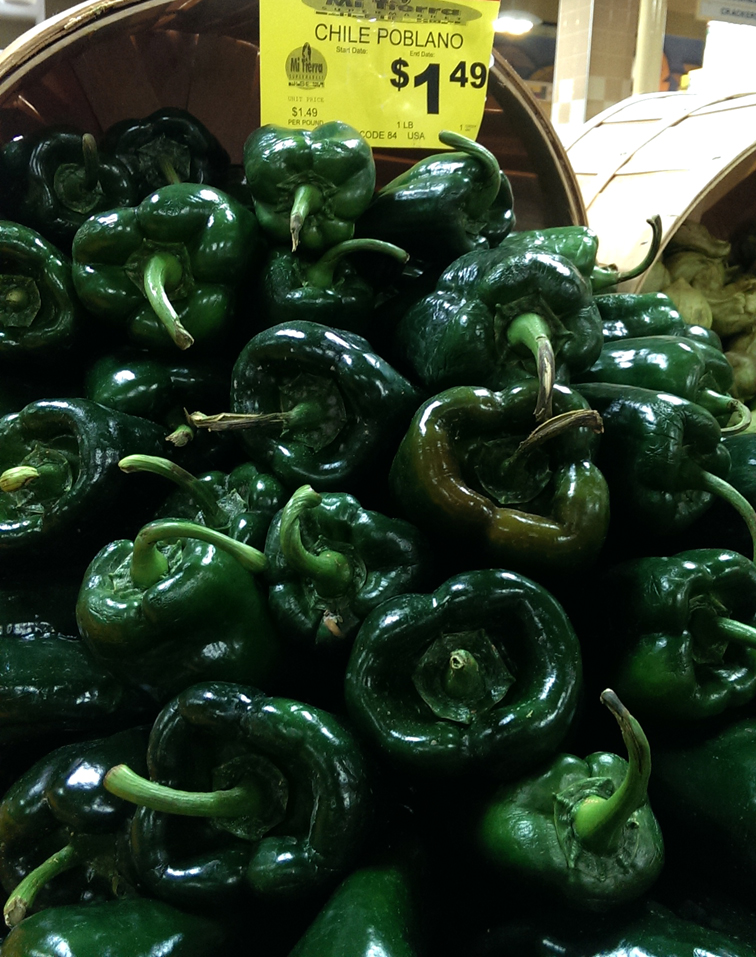
Sour Oranges
![]()
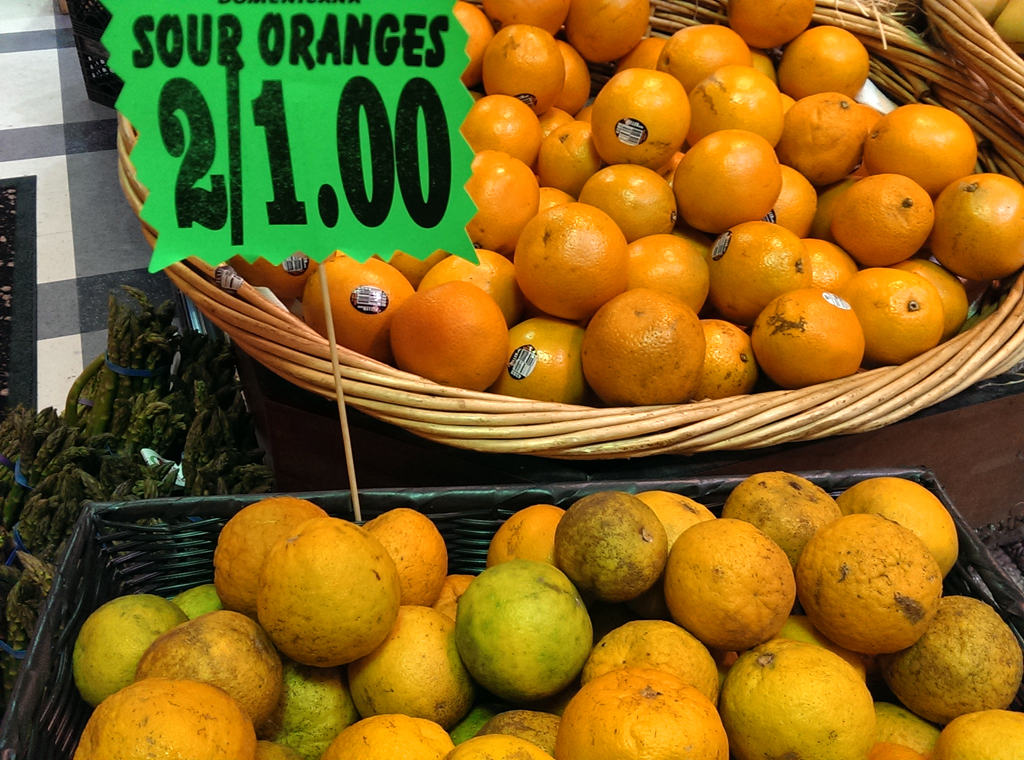
Also referred to as “Seville” orange, sour oranges are often overlooked due to their unsightly appearance. They range in size, have a more bumpy texture, usually marked with brown spots, and don’t appear very appetizing in general. You need not worry because these are not meant to be eaten raw as a snack like a typical orange. Instead, the juice is extracted and used in marinades. Because the juice content of each can vary quite a bit; it is difficult to know exactly how many you may need to purchase for your recipe. So, selecting sour oranges is a bit of a lottery. When gently squeezed they should be a little soft.

